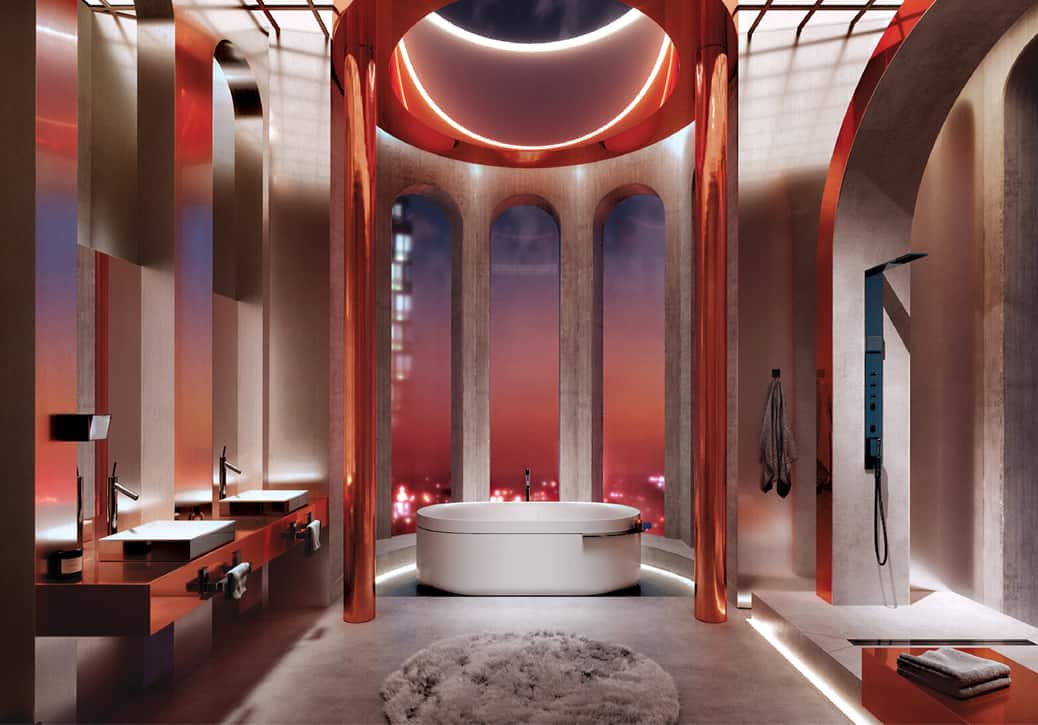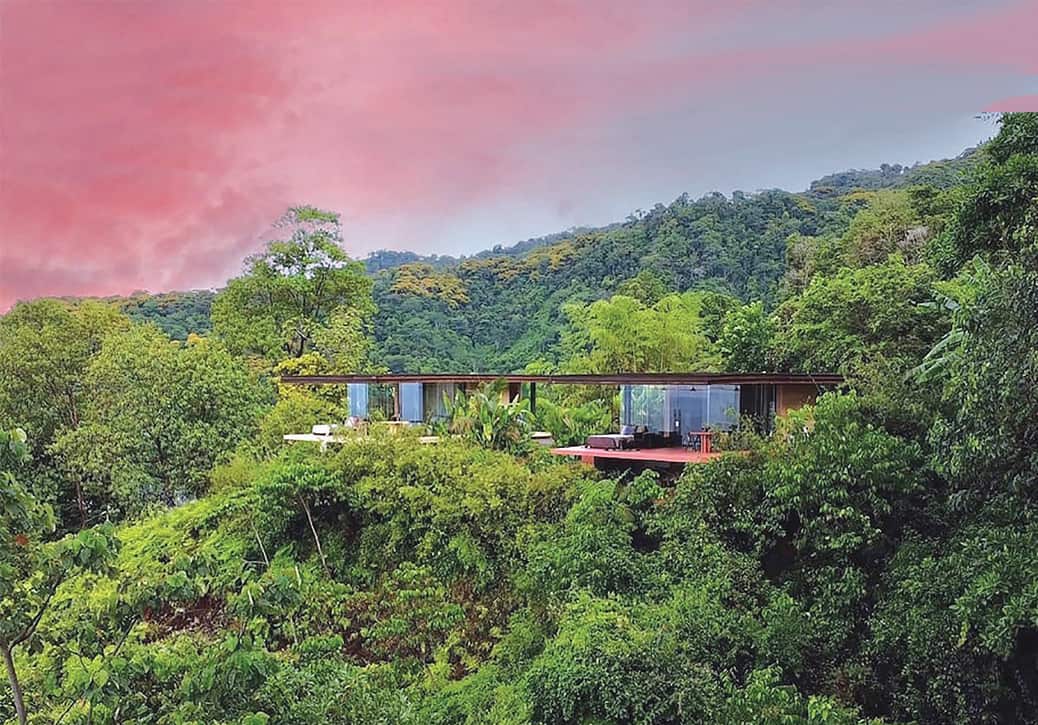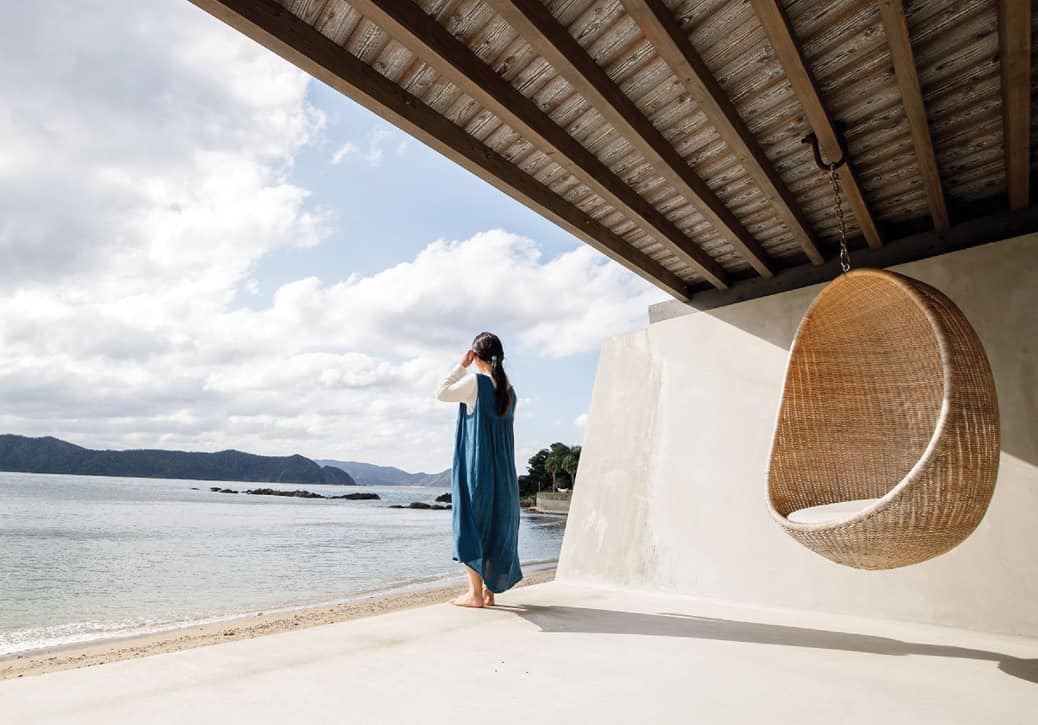Paradores and World Heritage Cities
On Tour in Medieval Spain…
Mérida, an archeologist’s dream
As a World Heritage Site and one of Spain’s best-conserved cities, Mérida has a rich Roman history that makes it a modern visitor favourite. Its claim to fame: A strategic location on one of the historic peninsular routes, the Via de la Plata (the Silver Route), a Roman road linking Seville and Astorga that was used by pilgrims headed to Santiago de Compostela. Mérida flourished economically during Roman times and was a prime religious centre during the spread of Christianity. Today, the Roman legacy is present in every corner of Mérida but most notably in the 6,000-person Roman theatre, with its ancient columns and sculptures. Beside it, the ancient amphitheatre,
home of the popular but gory gladiator fights. Mérida is also home to the Temple of Diana dedicated to the goddess Diana; the Arch of Trajan, a gate to the city that rises to a height of 15 metres; and the beautifully curated National Museum of Roman Art where the region’s past can be explored through a priceless collection of 36,000 thoughtfully displayed artifacts.  On the outskirts, we see sites of ambitious Roman civil projects, the 800-metre long Roman Bridge with 60 arches and the well preserved Aqueduct of Los Milagros, which crossed the Abarregas River and supplied the city with water from the Roman dam of Proserpina. All in all, a city with a storied past that’s well worth touring.
On the outskirts, we see sites of ambitious Roman civil projects, the 800-metre long Roman Bridge with 60 arches and the well preserved Aqueduct of Los Milagros, which crossed the Abarregas River and supplied the city with water from the Roman dam of Proserpina. All in all, a city with a storied past that’s well worth touring.
Cáceres, a city of bygone splendor
Founded by the Romans in 34 BC, Cáceres is a walled city of cobblestone streets, fortified homes and Renaissance palaces. According to the records, the city enjoyed an era of lavishness with the arrival of the Moors in the 12th-century. The 10 medieval defensive towers that continue to guard Cáceres today are still intact. A gate, known as El Arco de la Estrella (star arch) affords us access to Plaza de Santa María, the Carvajal Palace and a Renaissance courtyard with an amazing 1,000-year-old fig tree.
Just ahead we’re pleased to find our accommodation for the night, the Parador de Cáceres, a former Renaissance palace and one of several state owned and run historic hotels. Tastefully furbished, it’s in the heart of the city’s old quarter, and has itself been declared a World Heritage Site.  The Cáceres Museum has a diverse collection of archaeological pieces and ethnographic artifacts that give us a helpful overview of days gone by. Afterwards, our guide offers a generous walking tour through this historic town’s highlights: Santa Maria Pro-cathedral, a12th-century round tower built by the Moors that sits next to the largest of the city’s palaces, the Mayoralgo Palace, which was created a few hundred years later, and The Episcopal Palace located off the interior stone, pointed-arched courtyard. At San Mateo square we tour Paredes Saavedra House and walk on to the old Almohad fortress, with its Baroque façade and pinnacles that were rebuilt at the beginning of the 18th-century. We’re also shown a cistern from the old Spanish-Moorish fortress, which could possibly have been used in the 12th-century. But we’ve saved the best for last…One of the most beautiful examples of Cáceres architecture is the 15th-century Golfines de Abajo Palace, with its eclectic mixture of gothic, 16th-century Renaissance design and 17th-century Plateresque cresting. Ferdinand and Isabella, the Catholic Monarchs, stayed at the palace and are said to have returned to Cáceres on a number of occasions. It’s not hard to understand why.
The Cáceres Museum has a diverse collection of archaeological pieces and ethnographic artifacts that give us a helpful overview of days gone by. Afterwards, our guide offers a generous walking tour through this historic town’s highlights: Santa Maria Pro-cathedral, a12th-century round tower built by the Moors that sits next to the largest of the city’s palaces, the Mayoralgo Palace, which was created a few hundred years later, and The Episcopal Palace located off the interior stone, pointed-arched courtyard. At San Mateo square we tour Paredes Saavedra House and walk on to the old Almohad fortress, with its Baroque façade and pinnacles that were rebuilt at the beginning of the 18th-century. We’re also shown a cistern from the old Spanish-Moorish fortress, which could possibly have been used in the 12th-century. But we’ve saved the best for last…One of the most beautiful examples of Cáceres architecture is the 15th-century Golfines de Abajo Palace, with its eclectic mixture of gothic, 16th-century Renaissance design and 17th-century Plateresque cresting. Ferdinand and Isabella, the Catholic Monarchs, stayed at the palace and are said to have returned to Cáceres on a number of occasions. It’s not hard to understand why.
www.spain.info/en_CA
 Córdoba, a populated past
Córdoba, a populated past
In the 10th century, Córdoba, in the Andalusia region of southern Spain, was said to be the most populated city in the world. Now it’s known as the largest urban area to be named as a World Heritage Site by UNESCO. Its pride and joy—the remarkable Great Mosque (Santa Iglesia Catedral de Córdoba), an enchanting place of worship that’s has been modified to suit a variety of quite different religious groups over the years. We find pretty courtyards, cobblestone streets and traces of ancient inhabitants everywhere we turn.
Unique to Spain, the Paradores are a state-run group of luxury and traditional hotels that have come to represent the life and history of Spain over the years. Utilizing converted historic buildings such as castles, convents and caves, and run with an impeccable sense of culture and tradition, they add a special flavour to our journey.
www.parador.es/en












